New waves of social opposition set to hit the industry may change it for the better
Article was written by Daniel Litvin, Founder & CEO at Critical Resource. Daniel is also on the sustainability committee for the new Mining Indaba Advisory Board.
Please click here to view the orginial article as on the Critical Resource website.
For many decades, the global mining industry has been a favoured target of anti-corporate activists. The environmental and social impacts of mines have created rich pickings for campaigns, while the industry’s claims to bring big benefits to host countries have often met with scepticism, whatever their merits.
But now, just as the industry is being revived by soaring commodity prices, a set of societal forces are brewing that promises an even stronger critical onslaught against mining – albeit one which holds interesting commercial opportunities for miners as well as risks.
Start with the social trends themselves. There are three interlinked forces now emerging:
1. Mounting backlash against the industry’s narrative of climate-friendly materials. Many miners, excited by the fact that the world’s efforts to tackle climate change are expected to provide an ongoing boost for demand of commodities such as copper, cobalt and lithium (all key materials for a cleaner global energy infrastructure), have trumpeted their green credentials in this respect. But this in turn is fuelling a backlash from the industry’s long-standing critics.
In March, for example, the UK NGO War on Want published an analysis highlighting what it argued, fairly or not, was the “potential widespread destruction and human rights abuses that could be unleashed by the extraction of [energy] transition minerals”. In April, a study supported by Earthworks, the US NGO, sought to “demonstrate the potential for recycling to offset demand” for mining such minerals.
At the same time, climate activists look set to focus more of their fire on miners. Until now, their campaigns have tended to target oil and gas firms (plus those miners with thermal coal assets). But now, as global concern about the climate mounts, the critical spotlight is also turning to big energy-consuming industries, with mining (responsible for some 4% to 7% of global greenhouse gas emissions, according to one estimate) a prime target. Those miners supplying energy transition metals should not expect to be spared.
2. Blowback from growing campaigns against other industries. Activists angry about companies in other sectors are increasingly lighting upon their consumption of minerals as a source of complaint. Consider the mounting global backlash against big tech companies, for example. This holds them responsible, fairly or not, for a range of ills, from mental-ill health induced by social media to undue political influence.
But the environmental and social impacts of mining the raw materials used in new technologies (all the metals that go into smartphones, for example) has also become a focus of activism, in turn spreading critiques of mining to big new audiences. “Mining operations the world over are integral to the devices we take for granted”, writes Ronald Deibert, an influential tech activist, “and they are also linked to pollutants, labour troubles, kidnappings, smuggling, and even violent conflict”.
A similar pattern can be seen in criticisms of other sectors, whether the car industry or consumer electronics firms: activists are increasingly spotlighting the minerals they consume as part of mounting scrutiny of their impacts.
3. Broader societal anxieties finding expression in anti-mining campaigns. In many countries, popular concerns about the state of society, fuelled by the pandemic, have rarely been as intense, whether the worry is inequality, the environment, minority rights, or the impact of automation on jobs.
When they are seen to do wrong, powerful-seeming companies in any sector may become a lightning rod for such concerns, but arguably none more than big mining firms. Their operations are often jaw-dropping in scale, located in remote, deprived and environmentally sensitive regions, and often populated by minority groups. Separately, for the millions of green-minded people concerned the world is locked into a treadmill of capitalist ‘over-consumption’, mining’s apparent focus on never-ending resource extraction may seem to symbolise feeding the beast.
The CEO of Rio Tinto famously lost his job late last year after the company triggered activist fury after blowing up a 46,000-year-old sacred Aboriginal shelter in Western Australia to make way for the expansion of a mine. Now across all regions, mining executives are treading ever more carefully: they know that the potential for transgressions, big or small, to explode into campaigns is all the greater given the sensitive underlying social context.
None of this is necessarily to support the substance behind all this current and potential anti-mining activism. Some campaigns are based on clear evidence. Others are loose with the truth and ideologically driven.
But even more than previous waves of social activism, the tide now rising has the potential to reshape miners’ business models, posing opportunities as well as risks. In the past the business impact of activism was fairly limited: campaigns might create some bad headlines for companies and stir up local opposition to their projects, but not much more. Now, however, activists have greater power to impact on commercial outcomes for miners due to two important shifts.
Hitting where it hurts
The first is the rapid growth of ‘environmental, social and governance’ investing. Over the last year or so, most big financial institutions have trumpeted commitments to invest more on the basis of companies’ ESG performance. Among mining investors, what was once a fringe pursuit is now almost mainstream. And with many of them evaluating ESG performance on the basis of bought-in ESG ratings that may be downgraded if the company concerned has faced an NGO campaign, anti-mining activism is now beginning to directly impact miners’ cost of capital.
The second shift in context is growing customer concerns. This is far from a universal trend as yet, but some industrial consumers of minerals – from Apple to BMW – have begun to develop their own heightened sensitivities to campaigns against their raw material suppliers. A range of factors is at work here: these companies’ efforts to protect their own brands from attempts to tar them by association; the growing focus of their own retail customers and investors on the provenance of their raw materials; and the growing potential of technologies such as blockchain, plus newly-established mining certification schemes, to allow them source only ‘responsibly’ extracted minerals.
If social activism against mining in this way has the potential to reshape investor and customer attitudes as never before, what does all this mean for how miners run their businesses? The obvious part of the answer is for the industry to focus ever-harder on giving no grounds for campaigns to be launched, by further tightening environmental and social standards, for example, and engaging pre-emptively with potential critics. Strong global collaboration between miners will likely be essential in this respect.
Ground-breaking strategies
The more ground-breaking part of the answer is for the miners also to begin to directly compete with each-other in terms of their ESG credentials so as to win commercial advantage, reshaping their business models where needed to achieve this.
Such strategies could have multiple dimensions, and some miners are already making moves in this space. For example, as well as shifting their commodity mix more towards energy transition metals, miners could begin to much more proactively select assets within each commodity which have stronger ESG credentials (mines with the lowest carbon emissions and water use for example). They could also build closer relationships with customers around ESG themes, through jointly developed certification schemes. Or they could seek to market ‘fair trade’ minerals from mines committed to contributing more to local economies, say. Miners could also look to closely partner with their customers to recycle and reuse minerals – potentially less profitable than mining, but in step with current pressures (and a riposte to the activists concerned about mining driving capitalist ‘overconsumption’).
Among the examples of recent activity in this area is Rio Tinto’s joint project with Alcoa and Apple to produce carbon-free aluminium. Glencore already has a significant copper and precious metals recycling business. But these may just be early skirmishes in an industry-reshaping competitive battle. Earlier this year, Robert Friedland, the well-known mining entrepreneur, predicted that minerals would begin to sell for different prices depending on the ESG and carbon performance of the mines where they were extracted: “There will be no one price for copper. There will be no more one price for gold. Everything will be priced in relation to its ESG components.”
This is revolutionary talk in an industry that has always thought of itself as producing commodities. The common thread is miners starting to seek strategic differentiation and thereby commercial value from the ESG agenda, rather than just a way to reduce criticism. It is a shift in thinking for the industry that, while it still in its early stages, is likely to continue to build for as long as those activists keep hurling the abuse.


.jpg?ext=.jpg)


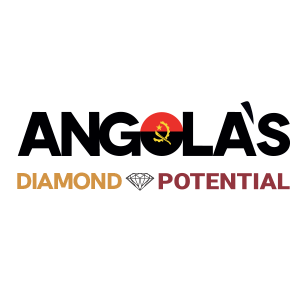
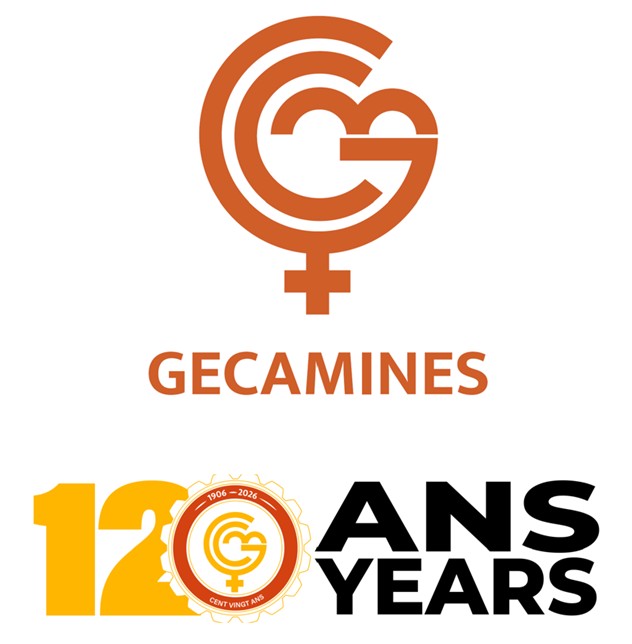


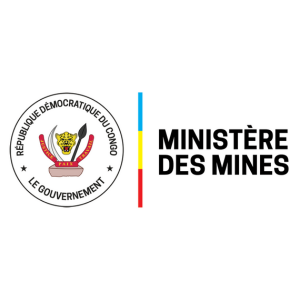
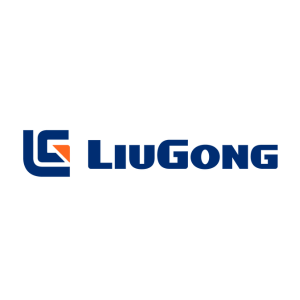


-Logo_CMYK_1.jpg?width=1000&height=500&ext=.jpg)
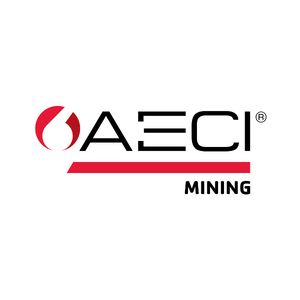






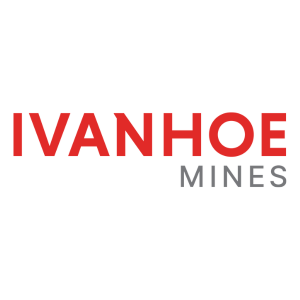




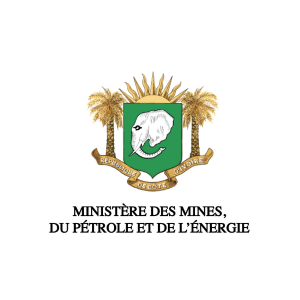
_1.png?ext=.png)
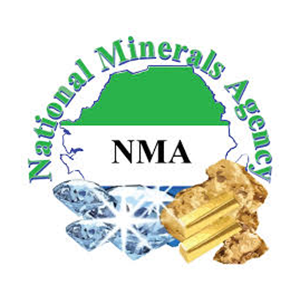















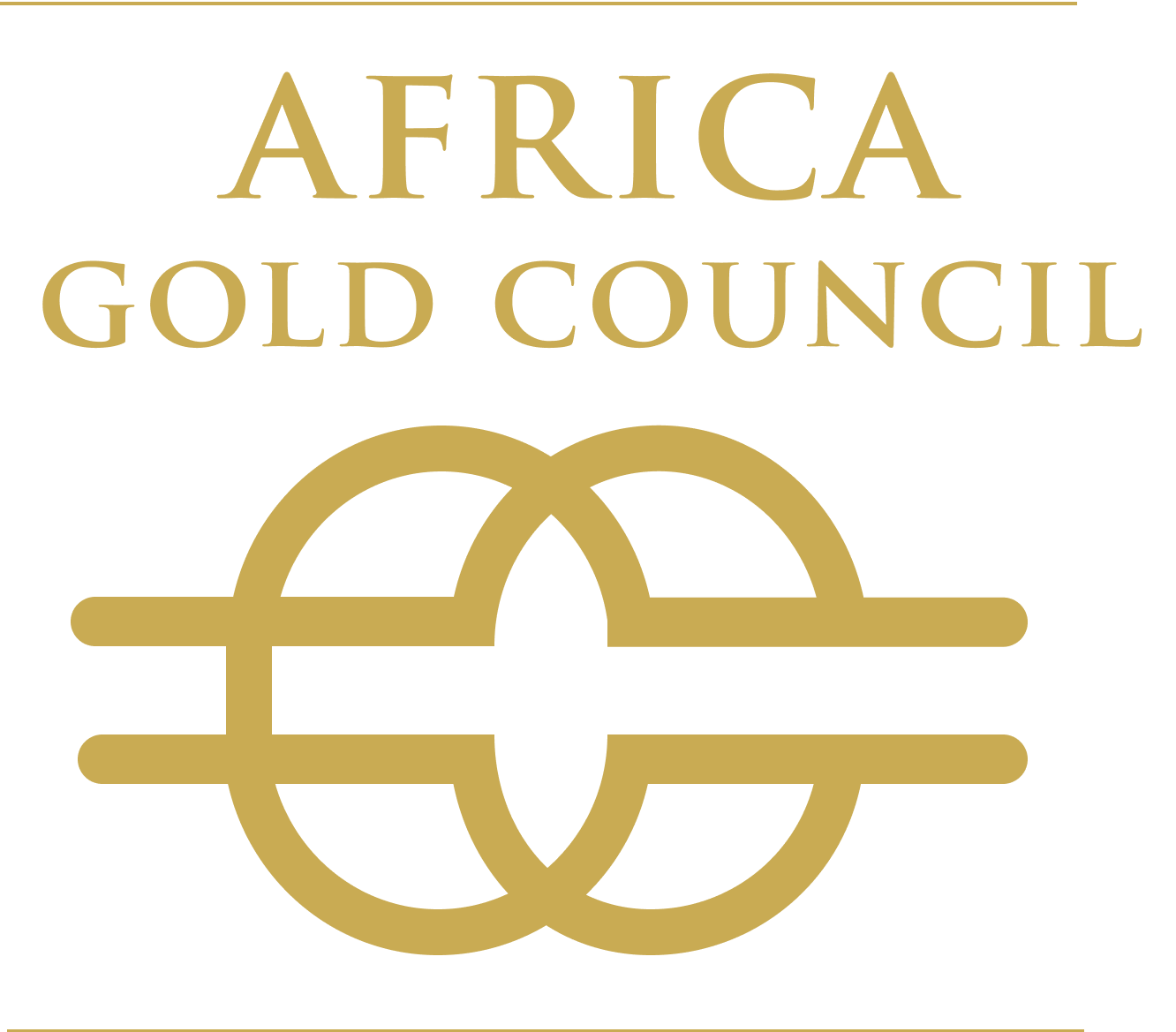

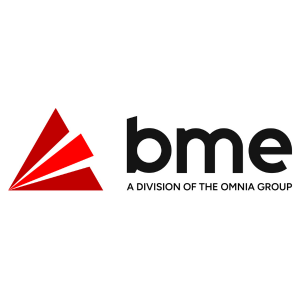





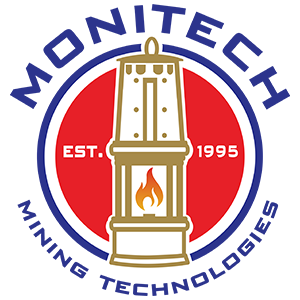

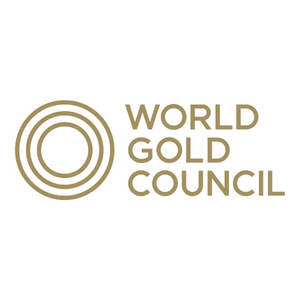

_mi25-weblogo.png?ext=.png)



